Placerville, California, to Build City-Owned Open Access Fiber Network
Nestled in the foothills of the Sierra Nevada Mountains, Placerville 'strikes gold' with $20 million broadband project.
Sean Gonsalves
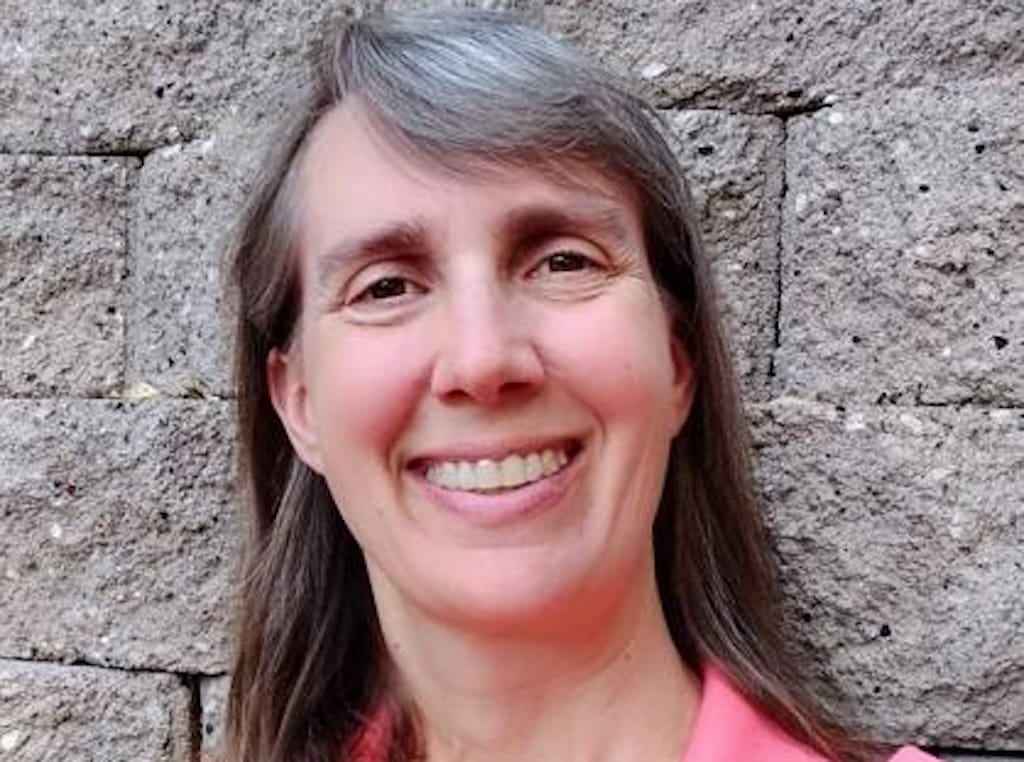
Placerville, California will soon be a place with a municipally owned open-access fiber network as the city of 10,000 looks to provide its residents and businesses with local choice and more affordable broadband service.
The years-long effort was launched after frustration with what the city’s 2021 Broadband Master Plan described as the “equivalent of an ISP (Comcast) Monopoly.”
“Because of this,” the plan noted, “residents and businesses in Placerville are exposed to the common limitations of monopolies” – a high-priced reality that prompted 98 percent of city survey respondents to say “yes” to a municipally owned network.
Now, three years after that report was published – and thanks to a $20.1 million award from the California Public Utilities Commission (CPUC) Last Mile Federal Funding Account (FFA) grant program – a city that was once nicknamed “Hangtown” is now set to cut the noose of the ISP monopoly.
“Today marks a monumental step forward for the City of Placerville,” Mayor Jackie Neau said in a statement after the sixth round of grant awards was announced as part of the $2 billion FFA program, which, to date, has awarded $804 million in grants for projects in 33 counties across the Golden State.
“Thanks to the CPUC’s approval, we can now move ahead with the Placerville Broadband project, which will deliver reliable, high-speed [I]nternet to more than 1,300 unserved residents,” Mayor Neau added, noting how the Placerville “project is not just about improving connectivity – it’s about opportunity and preparing our city for the future.”
"The open-access fiber network we’re building will provide our residents with affordable options, improve public safety, and position Placerville as a leader in digital innovation. We are deeply grateful for the CPUC’s support in helping us build a more connected and resilient community.”
A new gold rush: Rushing toward gold-standard of internet connectivity
Nestled in the foothills of the Sierra Nevada Mountains in central California, Placerville is the seat of El Dorado County, an historic part of the state’s gold rush belt, otherwise known as “Mother Lode Country.” And now that the city has struck gold with the CPUC grant, thanks to federal Rescue Plan funds, Placerville is now ready to kick start construction of a network that is the gold-standard of Internet connectivity (fiber-to-the-home).
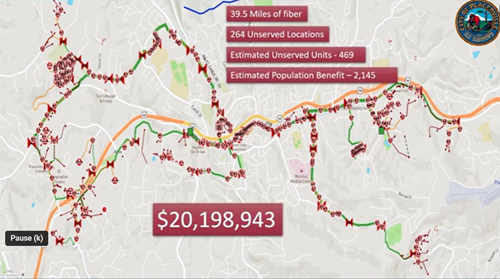
It’s one of four grants (totaling $86.5 million) the CPUC awarded to fund fiber network construction, not only in Placerville, but also in the rural environs just outside the city in the communities of Indian Creek, Coloma, Georgetown, and Garden Valley.
Two days prior to the CPUC finalizing the Placerville grant, Steve McCargar, senior management analyst the city hired to oversee the broadband project, updated the city council on where the project stands and the rapid construction timeline tied to the grant.
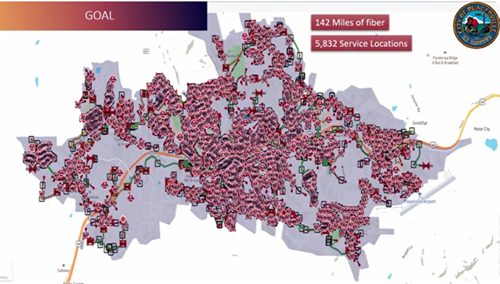
He told city councilors the grant “actually covers about 69 percent of the total network within the city. So that's a real heck of a good head start,” adding that “the design is all but complete at this point.”
That design work was paid for with a $500,000 Local Area Technical Assistance grant from the state that was used to hire engineers and outside consultants, McCargar told local news outlet the Mountain Democrat.
In the run up to the FFA grant announcement, McCargar said, the city has been busy getting the project “shovel-ready,” which included ascertaining potential construction challenges such as trees or roots being in the way of the planned fiber path as well as figuring out how the city would deploy fiber along area bridges. Most crucially, he said, the city has been laying conduit as part of ongoing road maintenance work.
“For years now the city, anytime they’re doing any type of work on the roads they’re going to lay conduit,” McCargar told the Mountain Democrat. “Which is relatively inexpensive to put in at the same time. So then when it comes time to actually build the project out, it’s just a matter of running the fiber under the streets and to where we want them to go. So there’s a lot of forethought in that.”
The grant will pay for the deployment of 40 miles of underground fiber. However, McCargar reminded the city council, the finished network would need 142 miles of fiber to serve all 5,832 locations in the city.
Next step: RFQ and network construction
Because the FFA grant is funded by federal Rescue Plan dollars that need to be spent by the end of 2026, McCargar noted the project would need to be completed in about 18 months.
“That’s an aggressive timeline,” he said, which is why he was requesting city council approval to move forward with the issuance of an RFQ, to solicit independent ISPs to join the network and, once network construction is complete, to provide retail service for subscribers.
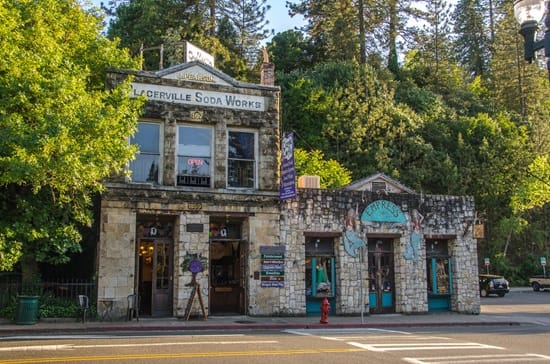
“We would like to give competitive advantages to at least two of the top ISPs chosen (from the RFQ process) to offer service over the network,” McCargar said, noting that a key consideration is to work with those ISPs to ensure the “highest possible take rate” and to “generate community excitement and anticipation.”
Subscription prices have not yet been determined. But, the city intends to have ISPs offer several tiers of more affordable service that provide up to gig speed connections – with a “lower speed” plan that would be free for income-eligible households.
After McCargar’s presentation, one councilor said “this is a huge game changer for the city” before asking if “the big guys” would use the network.
In response, McCargar said: “there are actually dozens and dozens of small ISPs that are in no way connected to the AT&T's or the Comcasts. Because of the technology (fiber) they can hook into our network and they can provide the service.”
“The idea of an open access network is to provide competition and to provide value and keep those prices down without the monopoly of the bigger companies.”
With that, the city council unanimously approved the request to move forward with the issuance of an RFQ.
A place that connects to bigger plans
The FFA grant Placerville and the surrounding rural communities received are part of a broader $6 billion California “Broadband For All” initiative, aimed at boosting broadband competition and driving down costs statewide.
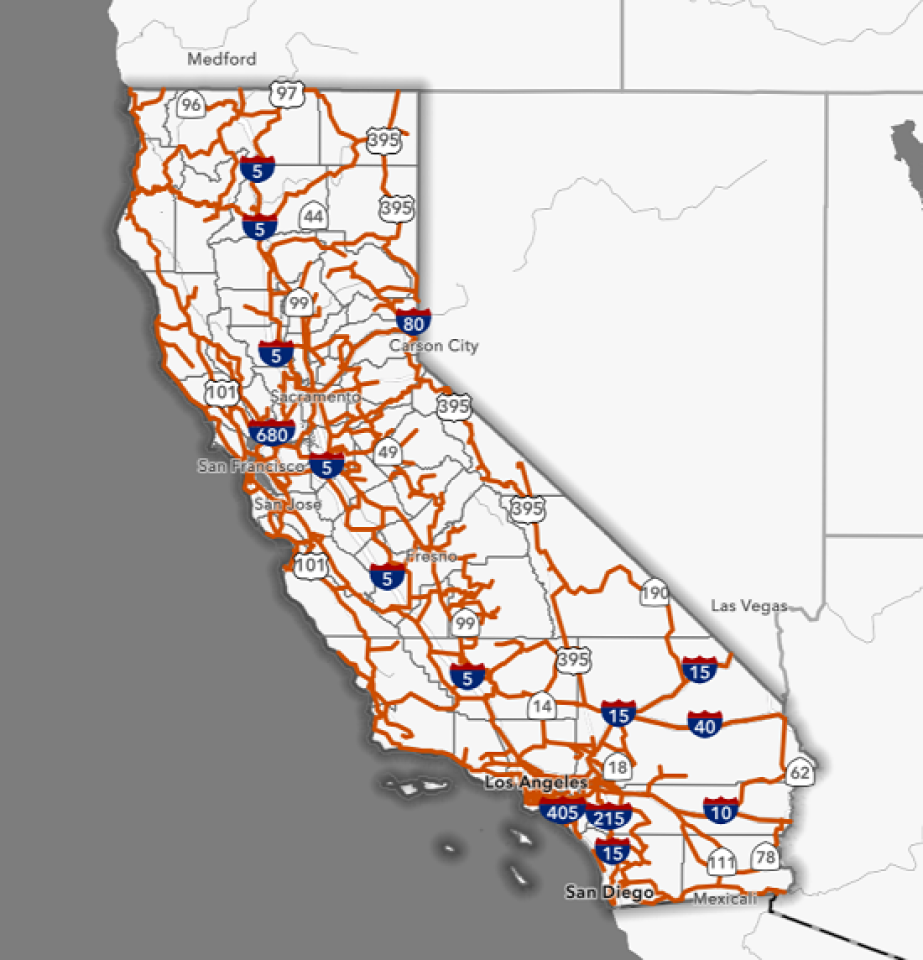
Placerville’s fiber network will connect to the California middle-mile network, known as Golden State Net (“GSN”), which was specifically funded to help reduce the costs of building last mile networks in extending broadband access to underserved, unserved, or poorly served communities.
Meanwhile, California’s Broadband For All initiative has taken some criticism for a lack of transparency, the use of shoddy broadband maps, and what up until some recent grant awards seemed to be a failure to prioritize many marginalized populations.
But it remains clear that the efforts – including last mile FFA grants – continue to fuel deployments to many areas that may have never seen fiber otherwise. And, while the CPUC has not said so publicly, it seems to be responsive to many of the concerns raised by digital equity coalitions across the state such as the California Alliance for Digital Equity (CADE) and Digital Equity LA, both of whom have called on state leaders to focus funding on community broadband initiatives.
Still, even with this historic round of state and federal funding, it likely won’t be enough to get the job done completely. Since the initial round of applications for the $2 billion FFA program closed in September 2023, the CPUC has received and reviewed 484 grant applications from every county in the state, totaling more than $4.6 billion in requests.
A version of this article was originally published on the website of the Institute for Local Self Reliance's Community Broadband Networks Initiative on Oct. 29, 2024, and is republished with permission. ILSR’s Community Broadband Networks Initiative has been working in partnership with both CADE and DELA for the past several years.











Member discussion